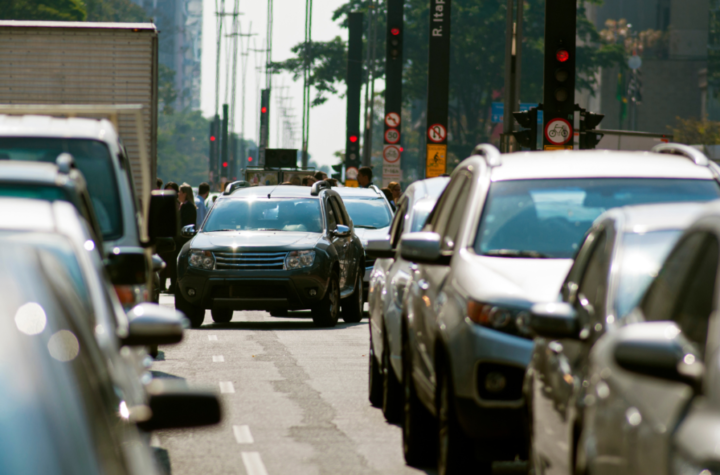
 Sitting in traffic on I75 in Detroit, on the Dan Ryan in Chicago or pick your favorite metro automotive mosh pit, one really starts to wonder how far into the future personal transportation via the passenger car will remain practical.
Sitting in traffic on I75 in Detroit, on the Dan Ryan in Chicago or pick your favorite metro automotive mosh pit, one really starts to wonder how far into the future personal transportation via the passenger car will remain practical.
With more conveniences and comforts, we have our tunes and perhaps satellite radio, tens of millions of us manage to take it on the chin twice a day hoping somehow traffic will improve.
Improvements in connectivity through telematics or the ubiquitous cell phone enable us to survive. The ability to customize our vehicle, either through the innumerous OE options or aftermarket add-ons, cradles us in a highly individualistic way. To some extent, that works.
But aren’t we fast approaching the limits of what can be accomplished by this techno- sorcerey, marvelous though it is? We have to come up with a fundamental paradigm shift in the way we are using our cars. We are not drowning in cars so much as we are drowning in population, and more people simply put more cars on the road.
In the 1990s, the U.S. added some 32 million to the national population; that’s equivalent to the population of California. That sounds good for automakers since it means additional sales of around 2 million units annually, but the other side presents the dilemma with those additional vehicles all fighting for space on the roads of this country which are hardly in a growth mode and in a state of ill-repair.
We have the same kind of population growth coming at us in this decade, and those to follow. The U.S. population is projected to grow by approximately 140 million between 2000-2050, and that’s with fairly modest assumptions about immigration, which has been at all time record levels in recent years.
We’re told people hate us so much, but so many can’t wait to get here, yes, and own their own car. They can’t survive here without one except in some major cities – and Motown would surely not make that list, by the way.
Here is a problem that doesn’t get solved by lower fuel prices. Here’s a problem that won’t get solved by converting SUV drivers to micro-hybrids. Here’s a problem that doesn’t get solved by alternate fuels, the hydrogen highway or any such strategy.
Frankly, here is a problem that doesn’t get solved perhaps because there’s no evidence that anyone is working on it. Major overhaul of the roads, much less expansion, is almost impossible because of the terrible disruptions necessary for completion.
A list of possible solutions would include: mass transportation, car pooling, population control, curtailment of recreational driving, vehicle route permitting. There are no new cards in the deck here, and to date, there has been very little enthusiasm to play these. For now, just grin and slow with the flow!

















More Stories
6 Common Myths About Motorcycle Accident Claims
Lane Change Collisions: Common Causes and Tips to Avoid Them
Why Choose a VPS in Estonia: The Benefits of Hosting in a Digital Hub